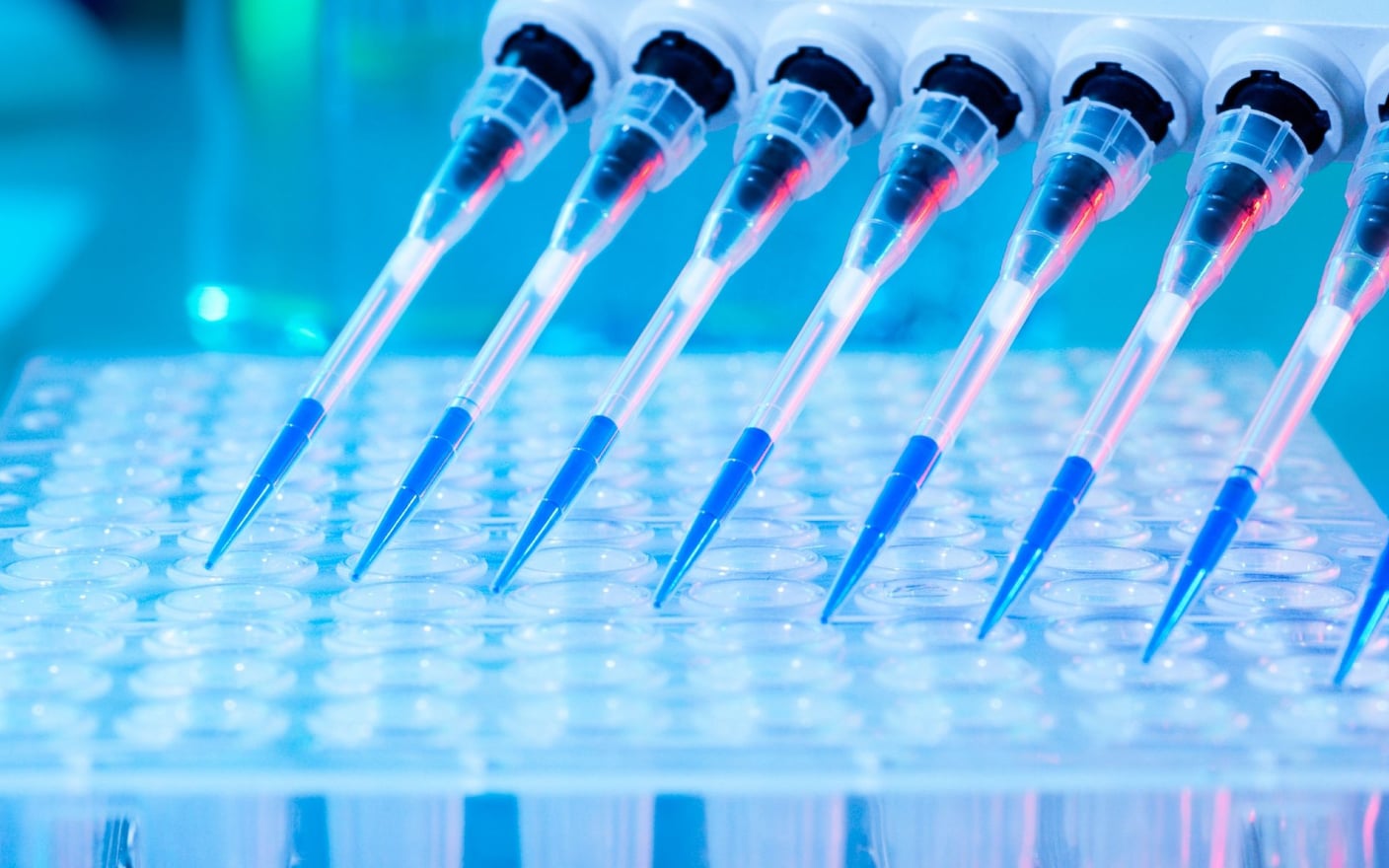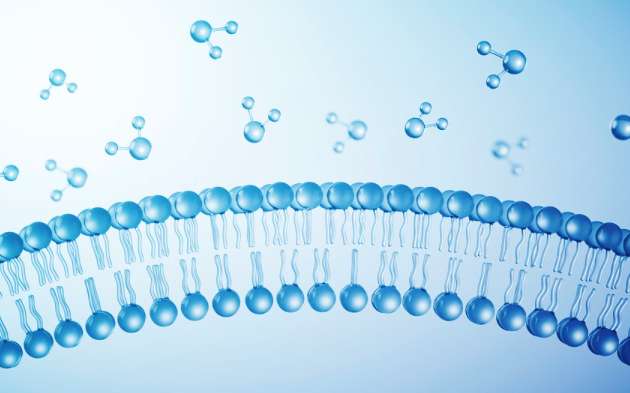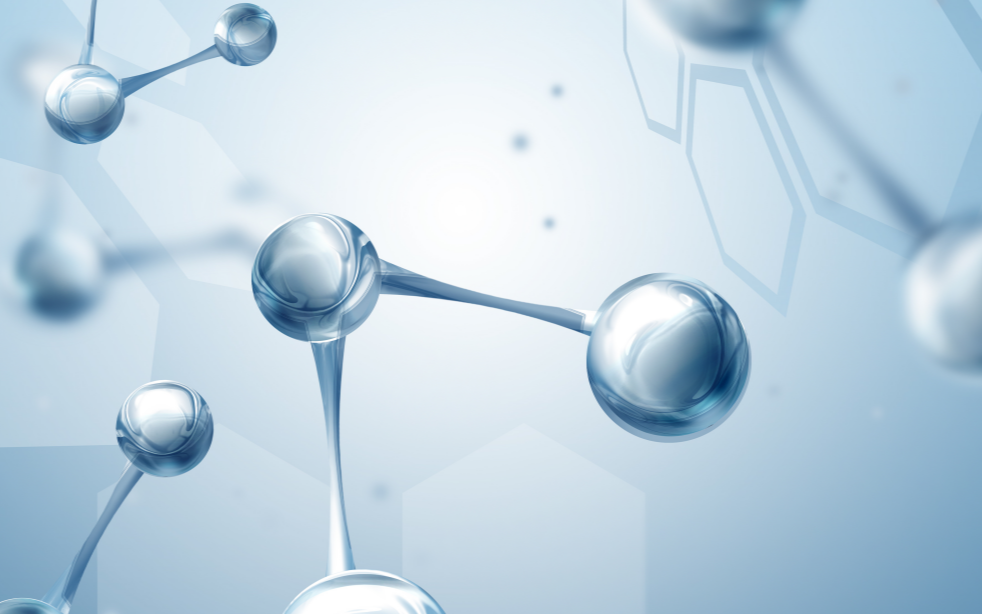Drug-drug interactions are one of the most common causes of adverse drug reactions. Cytochrome P450 (CYP) enzymes are the major enzymes involved in drug metabolism. The regulatory agencies recommend the evaluation of reversible inhibition and time-dependent inhibition potential of drugs. What is the difference and how to evaluate them?
What are reversible inhibition and time-dependent inhibition?
CYP enzyme inhibition can be divided into direct inhibition (often referred to as reversible inhibition) or time-dependent inhibition (TDI) :
Reversible inhibition is defined as the inhibition resulting from rapid association/dissociation of inhibitor with enzyme, and enzyme activity recovers once the inhibitor is no longer there. Reversible inhibitors may act in a competitive, non-competitive, uncompetitive, or ‘mixed competition’ fashion.
Time-dependent inhibition (TDI) is characterized in a time-variant manner. It occurs when a test compound covalently attaches or binds extremely tightly to a CYP resulting in a loss of enzyme function. Because enzymatic activity is irreversibly destroyed, it can only be restored by de novo protein synthesis making it significantly more of an issue compared to reversible DDIs. Potential TDI mechanisms are (1) mechanism-based inactivator (MBI) or formation of the metabolite-intermediate complex (MIC) and (2) formation of a more potent inhibitory metabolite.
Which CYP enzymes should be studied?
The expression of CYPs is highly variable, at the species level, the population level, or the tissue level. This makes the prediction of human metabolic profiles across populations difficult. Thus, the most useful and predictive methods to begin with in vitro studies are using human-derived matrix. Prediction on the basis of in vitro studies is now an integral part of early drug development as well as of the guidelines from the regulatory agencies (EMA, FDA, NMPA, and MHLW/PMDA). Regulatory agencies recommend in vitro evaluation of an investigational drug’s potential to inhibit the following specific CYP enzymes:
CYP1A2
CYP2B6
CYP2C8
CYP2C9
CYP2C19
CYP2D6
CYP3A
Other isoforms (e.g., CYP2A6, CYP2E1 et.al) should be evaluated as needed. All the above isoenzymes are available in the WuXi AppTec DMPK platform.
In vitro evaluation of CYP inhibition: 4 Assays
Given the meaningful difference between the types of inhibition and their possible clinical impacts, it is important to study the inhibition of CYP enzymes in an assay setup that allows us to understand whether the compound is a reversible or a time-dependent inhibitor.
IC50 determination for reversible inhibition
The basic assay to assess the interaction potential of a new chemical entity is the IC50 determination. The inhibitory effect of a test compound is measured and the concentration expected to cause 50% enzyme inhibition is reported.
Inhibition of CYP activity is most frequently examined in human liver microsomal preparations using specific probe substrates for all major metabolizing CYPs. Cocktail approaches, also known as ‘N-in-One’ assays, have been developed to test for inhibition of several CYP isoforms simultaneously.
An accurate and useful screen can be set up by determining the percentage inhibition caused by a test substance at one (or more) defined concentration(s). However, testing at a single concentration does not allow the deviation from the expected concentration‑dependent-inhibitory effect, which may lead to false negative results due to test compound insolubility.
The standard method, in which a serial dilution of the test compound in DMSO (or other organic solvent) is performed, names DDIM (multiple concentrations, usually 8 concentrations) in the deion.
Ki determination and mechanism for reversible inhibition
For a thorough assessment of DDI (drug interaction) effects in vivo, Ki value is often needed. Depending on the mode of interaction between CYP enzymes and inhibitors, reversible CYP inhibition may be further characterized as a competitive, noncompetitive, uncompetitive, or mixed one.
Ki experiments typically use a matrix of substrate and inhibitor concentrations spanning a range of 0.1~8X KM (substrate) and 0.1~4X expected Ki (inhibitor) concentrations.
IC50 shift on preincubation for time-dependent inhibition
Assessing the possible alteration of the IC50 value for a test compound with or without preincubation with the enzyme system can initially detect the TDI effects straightforwardly. The core part of these protocols is the preincubation of the test compound with metabolic enzymes in the presence and absence of NADPH, the cofactor needed for substrate transformation before the probe substrate is added to the incubation. In case the test compound is an MBI, preincubation with enzymes in the presence of NADPH increases the inhibitory potential compared to preincubation without NADPH, due to the inhibitory effect of the formed reactive intermediates.
Kinetic measurement for time-dependent inhibition
To estimate the potential DDI risk due to TDI, the apparent inactivation constant (KI) and the maximal inactivation rate constant (Kinact) are determined using multiple concentrations and pre-incubation times.
The assay starts with pre-incubating the test compound at multiple concentrations (plus a vehicle control) selected to achieve a scale from no inactivation to maximal inactivation, for different pre-incubation times (including 0 min) with human liver microsomes and NADPH.
The acquired data from the LC-MS/MS measurements are expressed as the % remaining activity of the vehicle control. The natural logarithm (ln) % remaining CYP activities are plotted against the preincubation time. Kobs is calculated from the negative slope of the natural logarithm of the % activity remaining after incubation of the inhibitor as a function of preincubation time. Then Kinact and KI are calculated by a non-linear regression analysis of the negative slopes against inhibitor concentration according to the following equation:

Where kobs represents the inactivation rate for a given concentration of the test compound in the preincubation mixture, kinact is the maximal inactivation rate when [I] reaches infinity and KI is the concentration of inhibitor which gives half of the maximal rate of inactivation.
Conclusion
Enzyme inhibition studies evaluate a compound’s inhibitory effect on drug-metabolizing enzymes to predict the potential for drug-drug interactions that may increase toxicity or reduce the therapeutic effect of concomitant medications. To learn more about this service, visit our metabolism-related drug interaction study page.
For a more accurate evaluation of the time-dependent inhibition, especially in the early stage, please learn more about the AUC shift approach.
Authors: Lifang Jiang, Genfu Chen.
Committed to accelerating drug discovery and development, we offer a full range of discovery screening, preclinical development, clinical drug metabolism, and pharmacokinetic (DMPK) platforms and services. With research facilities in the United States (New Jersey) and China (Shanghai, Suzhou, Nanjing, and Nantong), 1,000+ scientists, and over fifteen years of experience in Investigational New Drug (IND) application, our DMPK team at WuXi AppTec are serving 1,500+ global clients, and have successfully supported 1,200+ IND applications.
Talk to a WuXi AppTec expert today to get the support you need to achieve your drug development goals.
Stay Connected
Keep up with the latest news and insights.












